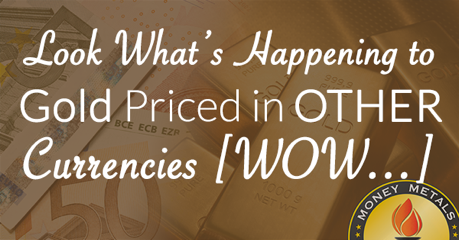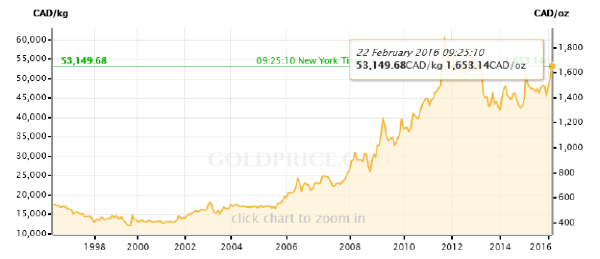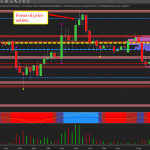
At the close of market on the Wednesday this essay was written, the price of one troy ounce of gold was US$1,229. A troy ounce of silver was trading at US$15.25.
Around the world, the price of gold and silver is most commonly quoted in U.S. dollars. As Americans, we tend to think this is the pricing “gold standard.” But it’s easy to forget that foreign investors generally pay for a purchase in their country’s dominant currency.
Yes, there are realms whose domestic monetary unit is actually the U.S. dollar. These locales have what is known as a “dollarized” economy. But many, if not most, transact predominantly in their own currency.
In Argentina and Mexico, for example, it’s the peso. In Great Britain, it’s the Pound sterling. In most of Europe, it’s the euro. In Russia, the ruble. In China, the yuan.
If the currency in question trades reasonably close to that of the dollar, there may not be a major difference. For example, on the day gold traded at US$1,229, a troy ounce was priced at about 1,102euros (€).
The Canadian Disadvantage
Just a few years ago, our Northern friends had a much easier go of it, when their currency, known affectionately as the Loonie, held for several months in the $1.10 area.
Today, the “Loonie” is only worth around $0.72 cents. Nowadays, the purchase of a troy ounce of gold will set Canadian investors back a cool C$1,678.

Consider that if a Canadian had bought gold in 2012, when his/her currency was worth US1.05, they would have paid about C1,540 per ounce, when an American was paying $1,600. Not bad, being able to purchase silver and gold at a 5% discount, eh?
Let’s say that gold once again trades at US$1,600, and at that time, if the Canadian dollar is still stuck around $0.72, the hapless Canadian buyer will have to shell out C$2,080 for the same ounce.
Before Zimbabwe’s epic inflationary spiral virtually destroyed its currency, the Zimbabwean dollar, it traded – believe it or not – at around US$1.27. In June, 2006, this worthless “paper promise” (a phrase which appears to have been coined some years ago by David Morgan) was replaced by the Second Zimbabwe Dollar (ZWN) at a rate of 1,000:1. Then a third and fourth dollar were introduced.














Leave A Comment